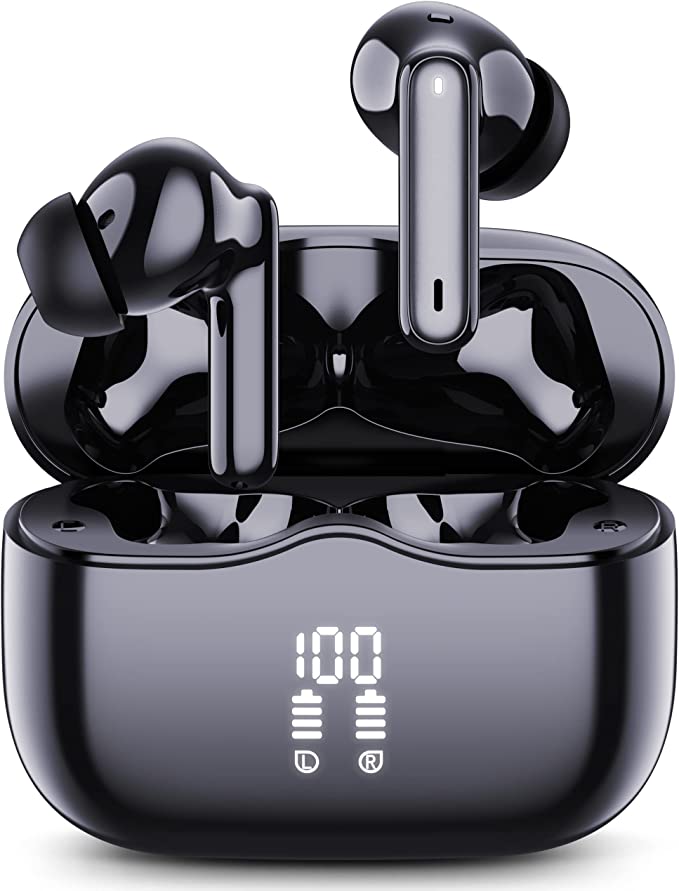Lomi: The Smart Composter Transforming Kitchen Waste into Garden Gold
Update on July 17, 2025, 12:34 p.m.
It begins with a final, crisp bite. The apple core, a lattice of seeds and fiber, sits in your hand. What happens next is a small, almost unconscious act, yet it places this humble remnant at a fork in the road. One path leads to a dark, airless tomb—a plastic bag, a bin, a truck, and finally, a mountain of waste. The other path, once reserved for sprawling gardens and patient gardeners, now leads to a quiet, elegant box on the kitchen counter. This is not just a story about a piece of fruit; it’s about the journey of our waste, and how technology is rewriting its final chapter.

For decades, the dominant narrative of our household waste has been a linear one: produce, consume, discard. The destination is the landfill, a solution born of convenience that has revealed itself to be an environmental tragedy. According to the U.S. Environmental Protection Agency (EPA), food is the single largest category of material placed in municipal landfills, where, buried under layers of other trash, it is starved of oxygen. This creates the perfect conditions for anaerobic decomposition. Instead of gently breaking down, the organic matter ferments, releasing a torrent of methane (CH4). This gas is a heavyweight in the climate crisis, with a Global Warming Potential more than 28 times that of carbon dioxide over a 100-year period. Our collective trash cans, filled with peels, rinds, and leftovers, are inadvertently fueling these vast, slow-leaking methane reactors.
The ancient wisdom of composting offered a different path—a circular one. It was a patient alchemy, turning decay into nutrient-rich humus. But for many living in the vertical, fast-paced world of modern cities, the requirements of space, time, and tolerance for earthy aromas made traditional composting an impractical dream. This is where a new paradigm emerges, driven not by patience, but by precision. Electric food recyclers like the Lomi are not merely speeding up composting; they are re-engineering the entire process, using applied science to achieve in hours what nature takes months to accomplish.

Inside the White Box: The Physics, Chemistry, and Biology of Disappearance
To understand the Lomi, you must look beyond its minimalist polypropylene shell and see it as a self-contained laboratory, conducting a three-act play of transformation.
Act I: The Physics of Vanishing. The process begins not with biology, but with physics. Once the lid is sealed, a gentle heat fills the 3-liter chamber. This isn’t cooking; it’s a carefully calibrated application of thermodynamics designed to drive off water, which constitutes the vast majority of food waste’s weight and volume. As moisture turns to vapor, the potential for slimy, foul-smelling rot is eliminated at its source. Simultaneously, a robust internal grinder begins its work. It doesn’t just chop; it pulverizes, dramatically increasing the surface area of the remaining organic material. This physical deconstruction is the critical preparatory step, creating a uniform, dry substrate for the alchemy that follows.
Act II: The Chemistry of a Clean Breath. The most immediate concern for any indoor waste device is odor. The Lomi tackles this with a clever feat of chemistry known as adsorption. The air vented from the machine is forced through two filters packed with activated charcoal. This material is a microscopic marvel; a single gram can have a surface area equivalent to a football field. It functions as a molecular velvet prison. As volatile organic compounds—the molecules that register to us as “smell”—pass through, they are trapped on this vast surface by weak electrostatic attractions called van der Waals forces. It’s a physical, not chemical, bond, but it’s exceptionally effective at keeping the air in your kitchen fresh. This also explains a common user observation: when a filter eventually becomes saturated—its molecular prison cells all occupied—odors can escape. It’s a reminder that this is a system of finite capacity, requiring maintenance to uphold its chemical promise.

Act III: The Biology of Rebirth. With the waste now dry, pulverized, and odorless, the final and most profound transformation can begin. This is where the LomiPods come in. Adding one of these small tablets is an act of inoculation—introducing a proprietary, concentrated blend of beneficial bacteria and fungi into the sterile environment. These microorganisms are the unsung heroes of decomposition. They are awakened by the residual warmth and moisture, beginning to biologically break down the complex carbohydrates and proteins in the substrate. This is what elevates the final product from a simple, inert organic powder into a living soil amendment. The microbes infuse the material with essential nutrients and enzymes, creating what the company calls “Lomi Earth”—a substance teeming with the potential to foster new growth.

From a Barren Powder to a New Beginning
The dark, friable material that emerges from the Lomi at the end of a cycle is the final destination in the apple core’s reimagined journey. It’s crucial to understand what it is: a soil amendment, not a complete potting soil. Its purpose isn’t to be a standalone growing medium, but to be mixed into existing soil. There, it works wonders. It improves soil structure, creating air pockets for healthy root growth. It increases water retention, reducing the need for frequent watering. Most importantly, it serves as a rich food source for the native microbiome of your garden or houseplants, revitalizing the earth from the ground up.
The apple core, once destined to become a climate-warming pollutant, has completed its circular journey. Its carbon, nitrogen, and other essential elements, sequestered from the sun and soil, are returned to the earth, ready to be taken up by a new plant. This elegant loop, performed daily in kitchens across the country, represents a powerful shift in perspective.
The Lomi is more than an appliance; it’s an instrument of empowerment. It embodies a trend where the home is no longer just the end-point of consumption, but an active hub in a personal circular economy. It demonstrates that the principles of sustainable living need not be rooted in sacrifice or inconvenience, but can be seamlessly integrated into our lives through thoughtful design and intelligent technology. In the quiet hum of the machine, we hear a new possibility: that our small, daily choices, when amplified by science, can indeed begin to heal the world.






































